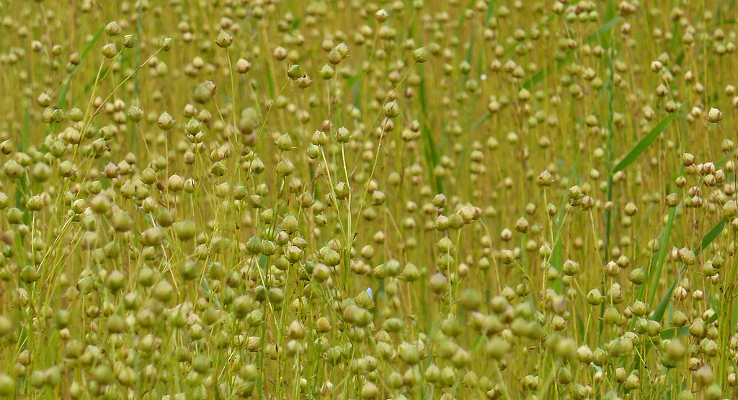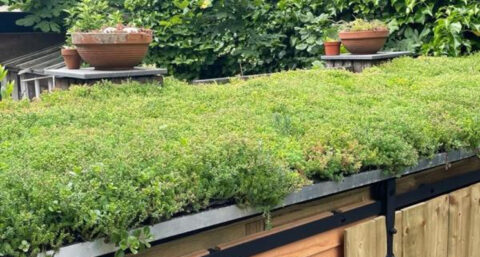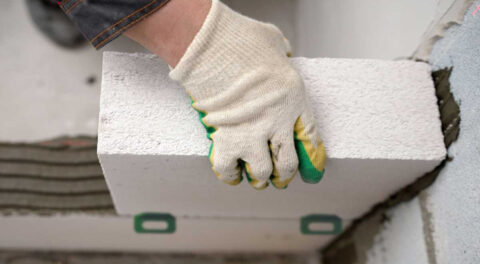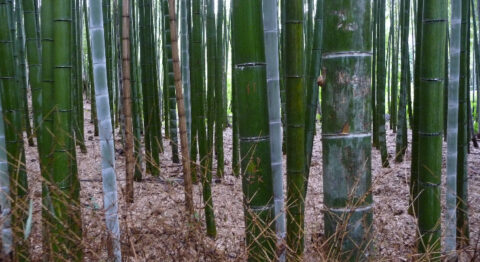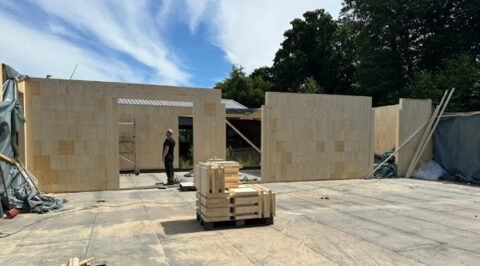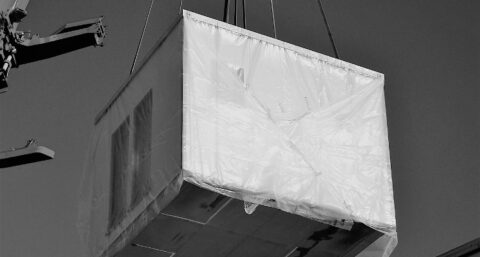Traditional insulation materials often consist of synthetic or fossil fuel-based products. Modern insulation materials increasingly use natural, renewable resources. We look at eight biobased insulation materials that have excellent insulation properties and are all easy to work with.
Wood fiber
Wood fiber insulation, like paper insulation or paper flake insulation, is a form of cellulose insulation. Wood fiber boards can retain heat very well, providing excellent thermal insulation. Furthermore, its acoustic insulation is very good, and the breathable (vapor-open) structure of the wood fibers is ideal for discharging excess moisture to the outside air.
These are saw waste from sawmills. After cleaning the wood chips, the fibers are scraped out and these are compressed into sheet material. This requires a little (natural) binder, which is usually completely biodegradable. Should anything go wrong during production, it can simply be started over again, several times if necessary. That way, no wood fibers are lost. Thanks to its high mass, thinner boards are sufficient, compared to traditional insulation materials such as rock wool and glass wool. It is excellent insulation material for roofs, floors, cavities and walls, among other things.
Grass Fiber
The natural grass fibers are extracted from grass derived from mowed roadsides, for example. In addition to being renewable, this insulation material is fully biodegradable and recyclable. Processed into mats, it has very good thermal insulation properties, keeping something like a house cool in the summer and comfortably warm in the winter. Think of applications such as roof insulation, wall insulation and floor insulation. The material is also moisture-regulating, sound-absorbing and fire-resistant (with or without the addition of a fire retardant). A variant of this are the fibers of Elephant Grass, which can grow as tall as four meters.
Hemp
Also, the natural product hemp can easily shoot up about four feet in height and does so in about a hundred days. Hemp insulation is recyclable and compostable, has very good insulating properties, is breathable and sound absorbent. It is made by processing the stalks of hemp plants into strong, woody fibers. This fiber hemp is used to produce such things as lime hemp, hemp blocks, hemp wool and insulation mats. Hemp insulation gains good fire-resistant properties thanks to an additive and is also resistant to mold. Hemp insulation is a rigid material that is used on sloping roofs and wooden floors, among other things, as well as again on ceilings, walls and facades.
Flax
Flax insulation is completely reusable and naturally degradable. It complies with the so-called cradle to cradle principle, which means that the raw materials used can be completely reused without losing their value. Flax insulation in the form of blankets or sheets are moisture-regulating, mold-resistant, have very good sound insulation and good thermal insulation properties. The addition of fire retardants makes this insulation material fire-resistant. The flax fibers used that come from the flax plant are short, light and strong. They are residual material from the linen industry.
Cellulose
Cellulose fibers are extracted from waste paper and cardboard. This insulation material for facade insulation, roof insulation and floor insulation, among others, is again fully recyclable, moisture-regulating because of its vapor-open structure and has good acoustic and thermal properties. It can be injected in the form of flakes into cavity walls, for example, also called paper flake insulation. Furthermore, cellulose insulation boards are made by mixing shreds with a binder. This also immediately makes the insulation boards extra fire-resistant and more resistant to things like mold and moisture.
Cotton
Cotton insulation is made from discarded jeans and other garments. In other words, textiles that would otherwise disappear in an incinerator somewhere. This insulation material is very suitable for thermal insulation because of its high heat storage capacity. The high density of the material also provides good acoustic insulation. Furthermore, the material acts as a moisture regulator and is a fireproof insulation material. There are also special acoustic cotton boards for extra strong sound insulation.
Straw
Straw is ideal as insulation material for walls, roofs and floors in wood frame construction, for example. It can also be blown into an enclosed structure in the form of small, shredded fibers. Straw insulation is made fireproof thanks to the processing method during construction, that is, it is done without adding additional substances. On the outside, a waterproof, windproof, vapor-permeable foil is placed. Finishing is done with vapor permeable or well-ventilated cladding such as exterior stucco, wood fiberboard, or wood. Clay stucco is often used for interior finishing.
Sheep Wool
Sheep's wool has very good insulating properties and consists one hundred percent of the natural wool of sheep. This wool is felted and then compressed into something like mats, blankets, or tiles. The insulation material retains heat very well, the sound insulation is also excellent and furthermore, sheep's wool is moisture regulating. This makes it an ideal material for timber frame construction, as well as for insulating roofs, walls and floors. Sheep wool is inherently fire-retardant and this can be further improved by further treatment of the wool.
Also read: 10 biobased building materials and their applications

